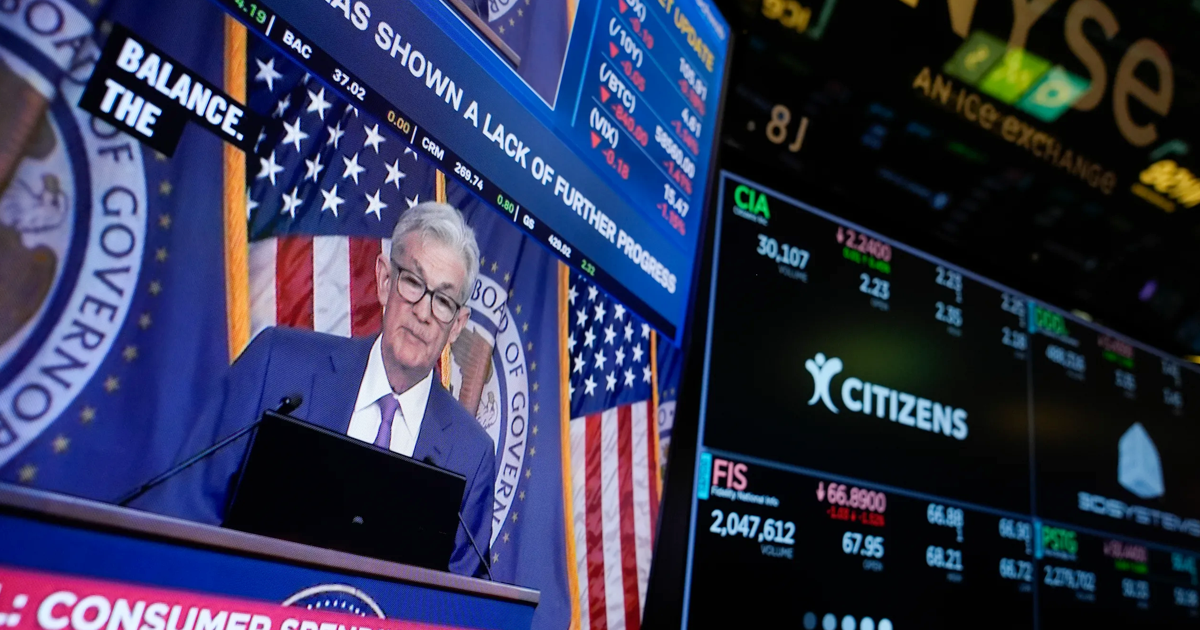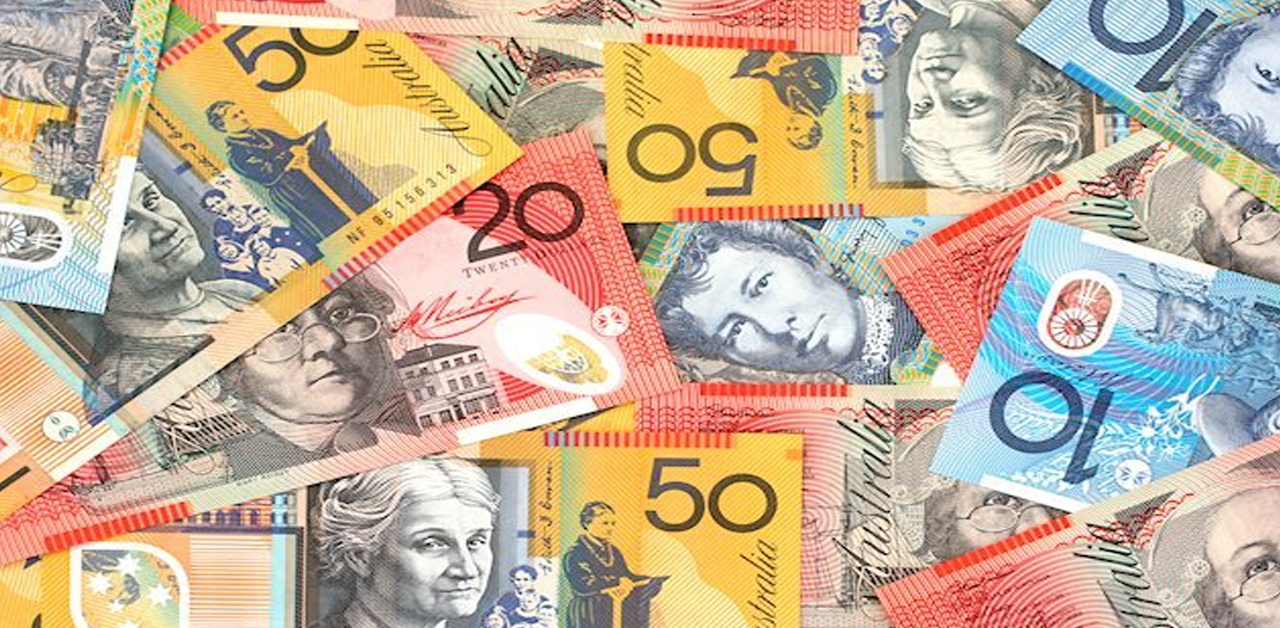Fed Sought More Inflation Data in June Minutes
At their last policy meeting, Federal Reserve officials were divided on how long to maintain elevated interest rates and were awaiting more evidence that inflation is cooling. The minutes from the Federal Open Market Committee (FOMC) meeting, which ended on June 12, revealed that officials did not anticipate it would be appropriate to lower borrowing costs until more data indicated inflation was moving toward their 2% target.
Since last July, the Fed has kept its key policy rate in a target range of 5.25% to 5.5%, the highest level in over two decades. During the last meeting, officials reduced the number of projected interest-rate cuts for this year to just one. Four policymakers predicted no cuts for 2024, while eight forecasted two.
Participants at the meeting acknowledged the uncertainty surrounding the economic outlook and debated the duration of maintaining a restrictive policy stance. While some officials stressed the need for patience, others highlighted the risk that further weakening in demand could lead to a significant rise in unemployment. Several policymakers were still open to raising interest rates if inflation remained high.
Recent data has shown some progress in cooling inflation, with the Fed’s preferred measure of underlying inflation, which excludes food and energy prices, recording its smallest advance in six months in May. However, Fed Chair Jerome Powell emphasized that more evidence is needed before considering lowering rates.
The minutes also indicated growing caution about the labor market, as the risks to achieving the Fed’s employment and inflation goals have become more balanced. Although the US economy continues to add jobs at a solid pace, the unemployment rate has slightly increased in recent months. San Francisco Fed President Mary Daly noted that the labor market is nearing a point where further slowing could result in higher unemployment.
The upcoming jobs report is expected to show that employers added 190,000 jobs in June, with the unemployment rate holding steady, marking a slowdown from May when payrolls exceeded forecasts.
The minutes also highlighted ongoing debates among officials about the extent to which Fed policy is restraining the economy. Some officials suggested that the continued economic strength could mean the longer-run equilibrium interest rate is higher than previously assessed, implying that the stance of monetary policy and financial conditions might be less restrictive than they appear.
In June, policymakers forecasted that the long-run neutral interest rate, which represents a policy stance that neither stimulates nor restrains the economy, had risen to 2.8%.












